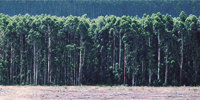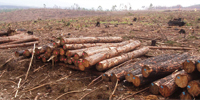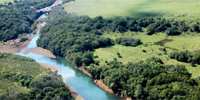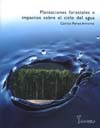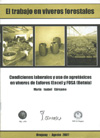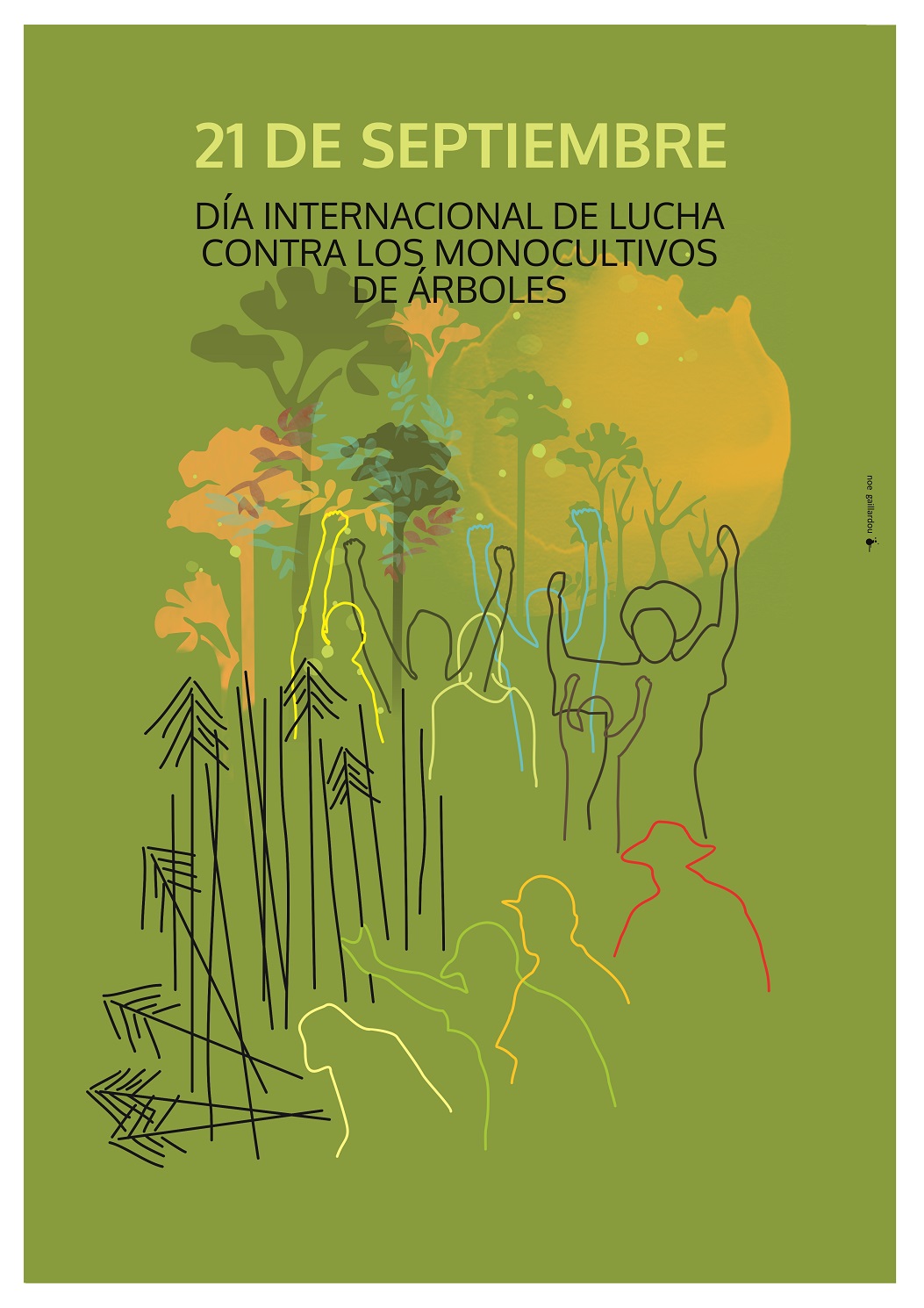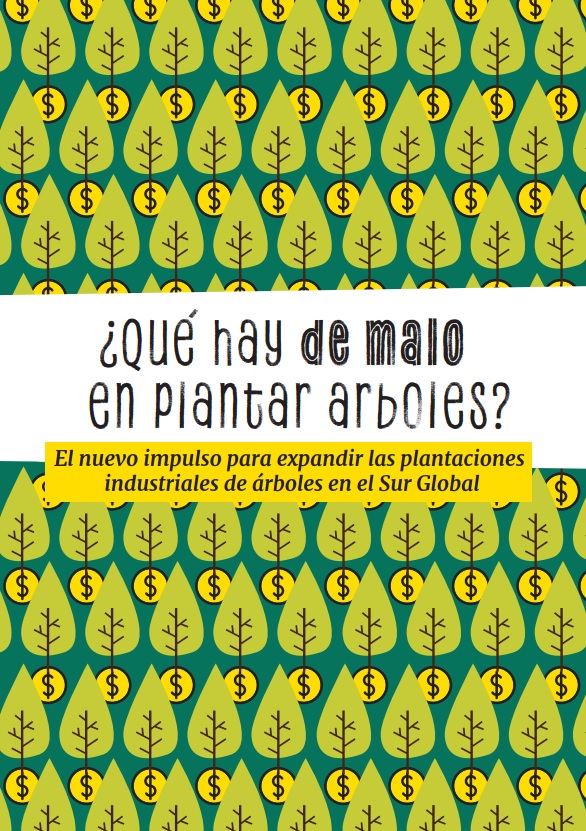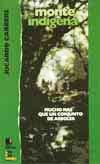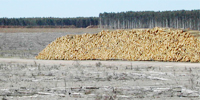Small and medium-sized family farmers are one of the sectors most affected by the changes introduced with the forestry model. They are a social asset demanding reconsideration of the dilemmas that involve making a distinction between growth and economic development.
By Victor L. Bacchetta
The National Commission for Rural Development (Comisión Nacional de Fomento Rural-CNFR) gathers some 70 development societies and some 40 agrarian cooperatives from all over the country. Over the past 30 or 40 years, close on 40 percent of the agricultural companies have disappeared and of these, most of them belonged to small farmers, says Fernando López, President of CNFR.
What is your assessment of the impacts of forestation and other changes that have taken place in Uruguayan rural areas over the past 20 years?
To start off with, when the law for forestry development was discussed and adopted by Parliament, our institution was opposed to the model. The law was a clear policy for intervention by the State to develop a sector of agriculture, at a time when others were going through a very difficult stage. The Mercosur (Mercado Común del Sur) was being launched, with tariff reductions, and other actions carried out aimed at opening up the markets. When we suggested that there should be a programme to address the most vulnerable sectors we were told that these were the rules of the market and that the State had to withdraw. However, there was a contradiction, there were no programmes for certain sectors, but there was a policy to stimulate the agro-forestry sector with a model encouraging large scale foreign investment which did not include the Uruguayan productive sector.
That criterion regarding “Lands showing forestry aptitude” progressively moved to areas that were most suited to agriculture, where large-scale forestation has been developed. And although there are some that say that 4.5 percent of the productive area of the country is nothing, the problem has to be seen in the local context. In some Departments, this percentage has a very considerable specific and localized impact. An injection of foreign capital and strong investment in land took place; the inclusion of the purchase by corporations accelerated the process and enhanced it at a very difficult time for the indebted agricultural sector, undergoing a price crisis, where farmers were obliged to sell. It was an explosive cocktail: the forestry process is related with the process of land concentration and “foreignization.” Not only are we concerned over the impact of the sale of lands, but also over the impact on micro-basins that in turn, generates pressure on small and medium-sized farmers. The advance of forestation is, in both a direct and indirect way, a form of evicting small farmers who, enclosed by the plantations and, because of problems of the road system and others, are obliged to leave the location.
The country has 50 thousand companies, 40 thousand are family cattle raising businesses and some 20 thousand belong to small and medium-sized farmers. In some cases, the land belongs to them, but in others it is complemented by rental. The pressure on the price of land reduces the amount of land available for rental and puts up the cost of renting, implying an increase in production costs. Where important areas of land were purchased initially, forestation is advancing on the medium and relatively small sized properties, of perhaps some 200 to 300 hectares. The people who had land under rental (the centre of the country is a clear example), from one day to the next found themselves outside the system because the forestation companies had purchased the land from the owners. This family finds itself with no alternative to enable it to continue with its activities. Other effects are the changes in production, because where there is a major concentration of tree plantations, many things change.
Which are the problems posed by a major plantation?
There is very strong competition for water resources. Although we do not know up to what point this problem can be proved scientifically, in many cases the situation exists. There are also pests in agriculture that find a host in those tree plantations. And the relationship with nature changes substantially due to the increase in the area under plantation, eliminating ecosystem biodiversity.
A matter for concern is the balance between the whole spectrum of agricultural production. This growth unbalances other sectors and generates contradictions. We continue to talk about “Natural Uruguay” but the areas where cattle production can be done under these terms are getting smaller. Monoculture tree and soybean plantations are occupying important areas of land that were previously allocated to grazing and forage. There are policies supporting cattle-raising and dairy production, but in turn, these are the most threatened sectors by such plantations. Another concern is the added value and employment generated by these models of forestry development. In Uruguay this would not seem to be the best bet, when cattle-raising and basically dairy farming– due to their productivity, their competitiveness and the natural conditions– generate much more labour and added value. Programmes oriented to this sector and to Uruguayan farmers are much needed. They are not possible with the forestation schemes for the production of pulp.
What are the results of the combination of forestation and cattle-raising?
There are some small signs of agreements to use the unplanted areas of the plantations, but an alternative scheme ought to involve small and medium-sized farmers. It would be good to advance towards a scheme of producing more noble kinds of wood, having a greater value with a different productive model, designed with the forestation companies, as this is the only way to make it feasible. We must discuss, as society as a whole, the use we want to make of the land because, beyond private property, the land must fulfil a social role. It is a natural resource that belongs to society as a whole.
Economic growth is not development: rural development must be a balance between economic issues, social issues and resource preservation. To achieve this, small farmers are essential. Due to cultural aspects and their attachment to the land, all over the world it is they who preserve this balance. We are almost at the limit of the disappearance of the social asset constituted by rural farmers and their families. We need a new legal framework, much wider than that applied so far, that will regulate management of the various productions related with the land and natural resources.
Which would be the forum for this discussion?
Various ministries and organizations do have projects, but there are no coordinated and agreed-on visions regarding land policies. This is urgent and necessary because incompatible patterns may be developed, and even compete among each other for land and water. If we are unable to exercise control over the use of our main resources, beyond any legal considerations, we will simply loose sovereignty over the country. Uruguay cannot stand outside ongoing globalization but it is such a small country with such an important and limited resource as the land, that we should make better previsions and have a medium-term vision that supports development involving more people in rural areas, with more added value and able to sustain its economy.
* This note is part of a series of interviews that the author carried out with representatives of NGOs and various research workers in the framework of the imminent launching of the Botnia plant. The interview was published in the Uruguayan weekly newspaper “Brecha”, 14 September, 2007 – http://www.brecha.com.uy

